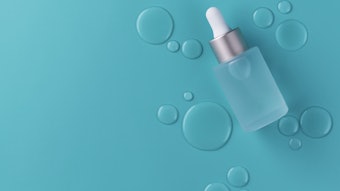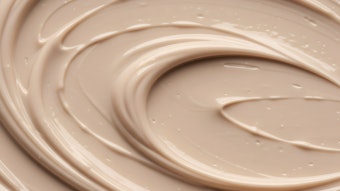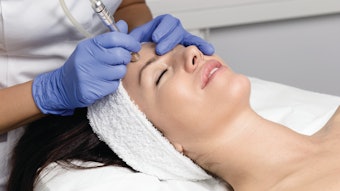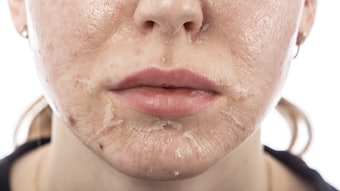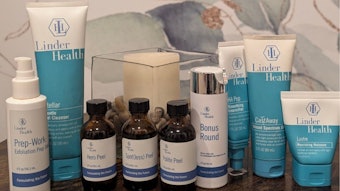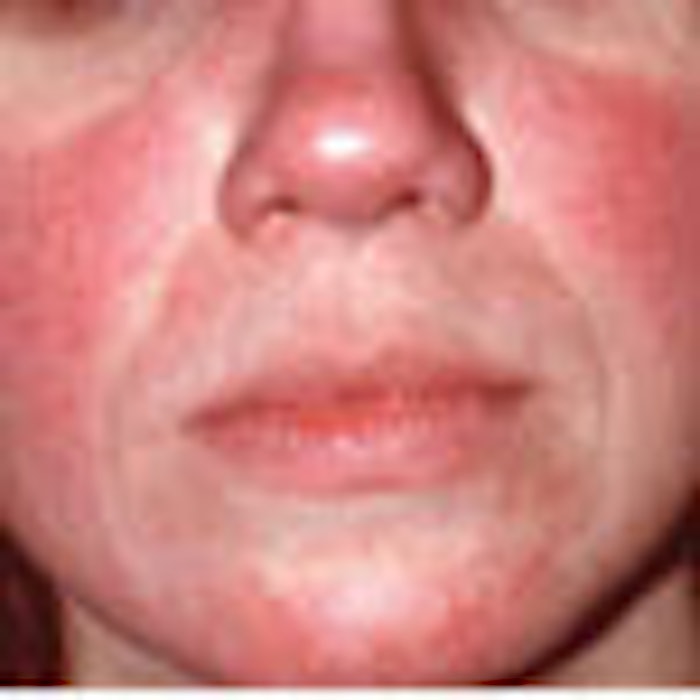
Although rosacea has become increasingly recognized as a common and conspicuous red-faced disorder, mounting evidence has shown that it can cause far more emotional stress and physical pain than previously known. April has been designated as Rosacea Awareness Month by the National Rosacea Society (NRS) to alert the public to the warning signs of this chronic and often progressive condition now estimated to affect more than 16 million Americans.
“Emotional stress frequently exacerbates or induces rosacea symptoms, creating a tailspin for many patients,” says Richard Granstein, MD, chairman of dermatology at Cornell University. “Combine this with the physical discomforts and the social impact of the disorder, and there are many aspects of rosacea that go well beyond its effects on personal appearance alone.”
Rosacea usually first strikes individuals between the ages of 30–60, and may initially resemble a simple sunburn or an inexplicable blush. Suddenly, without warning, a flush comes to their cheeks, nose, chin or forehead. Then, just when they start to feel concerned, the redness disappears.
Unfortunately, it happens again and again, becoming ruddier and lasting longer each time--and eventually visible blood vessels may appear. Without treatment, bumps and pimples often develop, growing more extensive over time, and burning, itching and stinging are common.
In severe cases, especially in men, the nose may become enlarged from the development of excess tissue. This is the condition that gave comedian W.C. Fields his trademark red, bulbous nose. In some people the eyes are also affected, feeling irritated and appearing watery or bloodshot. Severe cases of this condition, known as ocular rosacea, can result in reduced visual acuity.
Among the most famous rosacea sufferers is former President Bill Clinton, whose doctors disclosed that he has this condition in The New York Times. Others reported to have suffered from the disorder include Princess Diana, financier J.P. Morgan and the Dutch painter Rembrandt.
In new NRS surveys, 69% of rosacea patients said they experienced a flare-up related to emotional stress at least once a month, and more than 90% of the respondents said they had suffered some form of physical pain from their condition. A burning sensation was the most commonly reported discomfort, named by 75%, followed by itching, cited by 65%, and stinging, mentioned by 62%. Other types of pain associated with rosacea included swelling (44%), tightness (42%), tenderness (40%), tingling (31%), prickling (23%) and headache (20%).
Perhaps even more ravaging than its physical effects, rosacea often inflicts significant damage to people’s emotional, social and professional lives.
"It would be hard to invent a more embarrassing disease than rosacea," says Ted Grossbart, PhD, a psychologist at Harvard Medical School. "It affects the one part of the body that cannot be hidden—the face—and tends to strike people at a time in life when they may be increasingly self-conscious about changes in their appearance. Moreover, especially because this condition is not widely understood, it can leave its victims feeling isolated and even alienated from society."
In NRS surveys of more than 1,200 rosacea patients, 76% said rosacea's effect on their facial appearance had lowered their self-confidence and self-esteem. Sixty-nine percent of the survey respondents said they had experienced embarrassment as a result of the disorder, and nearly 63% reported difficulty in establishing new relationships. Forty-one percent said they had avoided or canceled face-to-face contact because of their condition, and 58% said the effect of untreated rosacea on their appearance had made them the subject of stares, misconceptions, rude comments or jokes.
Eighty-eight percent of those with severe symptoms said this disorder had affected their professional interactions, and nearly 51% reported they had missed work because of their condition. Thirty-nine percent said it might even have prevented them from being chosen for a new job.
Adding insult to injury is a common myth that rosacea sufferers, who often have a red face and nose, may be heavy drinkers. In fact, while alcohol may aggravate rosacea, these symptoms can be just as severe in a teetotaler. Another common misconception is that rosacea is caused by poor hygiene, while in reality it is unrelated to personal cleanliness.
Although the cause of rosacea is unknown, a vast array of lifestyle and environmental factors can trigger flare-ups of signs and symptoms in various rosacea sufferers. Common rosacea triggers include sun exposure, emotional stress, hot or cold weather, wind, heavy exercise, alcohol, spicy foods, heated beverages, humidity, certain skin-care products and many others.
“Although rosacea is a long-term disorder and there is no cure, the good news is that it can be effectively controlled with medical therapy and lifestyle modifications,” Granstein says. “This can substantially improve the quality of people’s lives.”
Only on SkinInc.com: Exclusive commentary from the NRS about how skin care professionals can identify and help relieve client depression due to rosacea.
Emotional stress is one of the leading rosacea triggers, and skin care professionals may detect signs of psychological issues by asking questions about clients’ emotional responses before or after a rosacea flareup.
In addition to medical therapy from a physician, skin care professionals may suggest clients keep a diary of daily activities to help them identify and avoid causes and types of stress that may trigger flareups in their individual cases.
If appropriate, it may be helpful to suggest that clients consult a psychologist to learn how to deal with emotional stress. Ideally, you should have a relationship with a local therapist that you trust so you can refer clients with confidence, and further solidify your role as a wellness resource for them. According to a recent study, individuals with severe rosacea appeared to benefit from cognitive-behavioral techniques, including relaxation training, which helped them reduce heightened heart rate, shift attention to other parts of the body and feel an overall sense of control.
Other helpful techniques may include yoga, Tai Chi, progressive muscle relaxation, guided imagery, hypnosis, meditation, self-talk and square-box breathing.
During April and throughout the year, people who suspect they may have rosacea can visit the NRS website, or call its toll-free number at 888-NO-BLUSH to obtain comprehensive information on the disorder. Information and educational materials are also available by writing the National Rosacea Society, 196 James St., Barrington, Illinois 60010, or via e-mail at [email protected].
